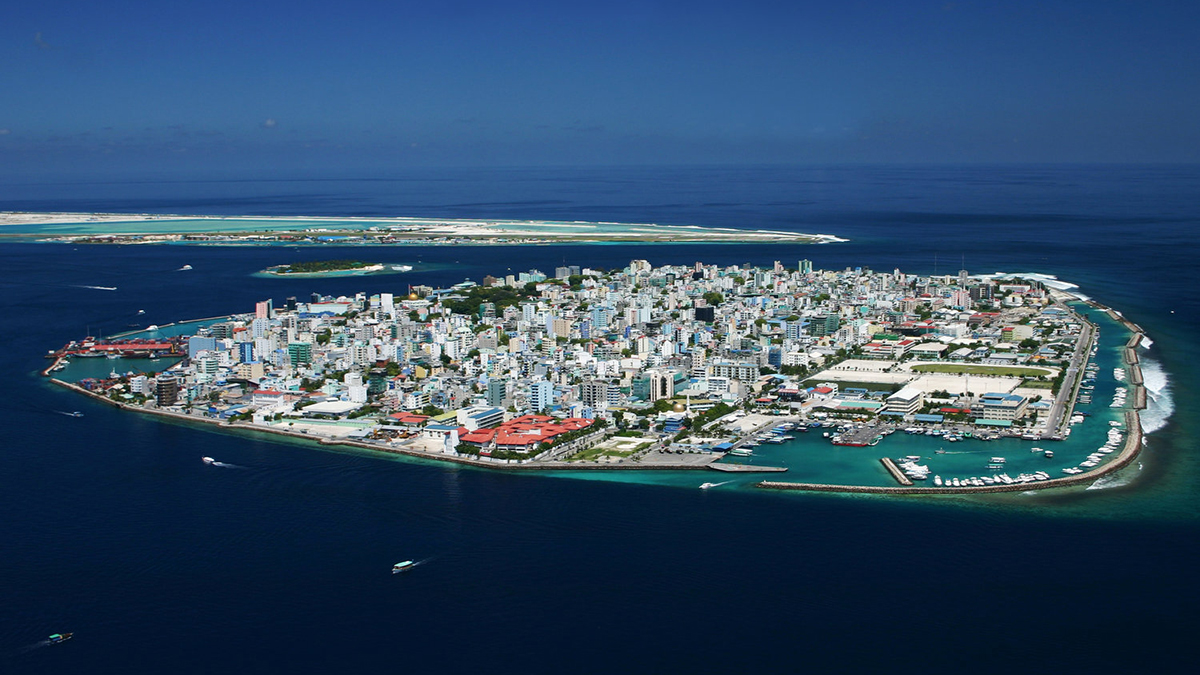Table of Contents
In the classic Warner Bros cartoon Rocket-Bye Baby, a Martian baby is mistakenly delivered to a couple on Earth. Eventually, the preternaturally intelligent tyke builds his own, working, flying saucer. Cut to an auditorium where a sceptical professor-type is scoffing at the popular fad for “little green men from Mars” and “flying saucers”. As the prof guffaws derisively, little Mot flies in and hovers in front of him, prompting the sceptic’s laughter to turn to an anguished wail.
You’d almost feel sorry for doom-sayers whose endless predictions of apocalypse just keep getting contradicted by events.
Almost.
Because these aren’t just a bunch of harmless cranks, cowering in their mountain retreat, these are people with a direct line to government policy – where being wrong has enormous consequences for innocent people.
The constantly-wrong predictions of the climate-botherers have had disastrous real-world consequences in everything from spiralling energy costs to third-world farmers being driven off their land to make way for biofuel crops for the smugmobiles of European greenies.
The latest climate prediction to go bung (again) is the doom-mongering claim that entire Pacific nations are about to join fabled Lemuria at the bottom of the ocean. Thanks to New Zealand scientists, we now know for a fact that it just ain’t so.
The Pacific nation of Tuvalu—long seen as a prime candidate to disappear as climate change forces up sea levels—is actually growing in size, new research shows.
A University of Auckland study examined changes in the geography of Tuvalu’s nine atolls and 101 reef islands between 1971 and 2014, using aerial photographs and satellite imagery.
It found eight of the atolls and almost three-quarters of the islands grew during the study period, lifting Tuvalu’s total land area by 2.9 percent, even though sea levels in the country rose at twice the global average.
Well, that’s awkward. It’s almost like atolls are dynamic landforms that respond to environmental changes.

Co-author Paul Kench said the research, published Friday in the journal Nature Communications, challenged the assumption that low-lying island nations would be swamped as the sea rose.
“We tend to think of Pacific atolls as static landforms that will simply be inundated as sea levels rise, but there is growing evidence these islands are geologically dynamic and are constantly changing,” he said.
“The study findings may seem counter-intuitive, given that (the) sea level has been rising in the region over the past half century, but the dominant mode of change over that time on Tuvalu has been expansion, not erosion.”
The expansion has applied to its population, as well. Far from fleeing en masse, Tuvalu’s population has grown consistently: doubling since 1970.
Still, you gotta hand it to the climate botherers: they’re not about to let pesky stuff like facts prick the bubble of their faith.
The Auckland team says climate change remains one of the major threats to low-lying island nations.
Well, we were told 30 years ago that the Maldives were going to be completely submerged by 2018. Oh, they’re still there? All 1196 of them? And the population has doubled in just 20 years? Ironically enough, the Islamic island nation has been absorbing refugees rather than spawning them.
Not that you’ll read about that in the mainstream media. Denying all evidence, a brief search shows that the science-denying mainstream media are still babbling about “climate refugees” and “sinking islands”.
Meanwhile, the Maldives are buying a new fleet of carbon-spewing jets, just to keep up with the influx of people who are flocking into, not fleeing from, the islands.
If you enjoyed this article please consider sharing it with your friends.









